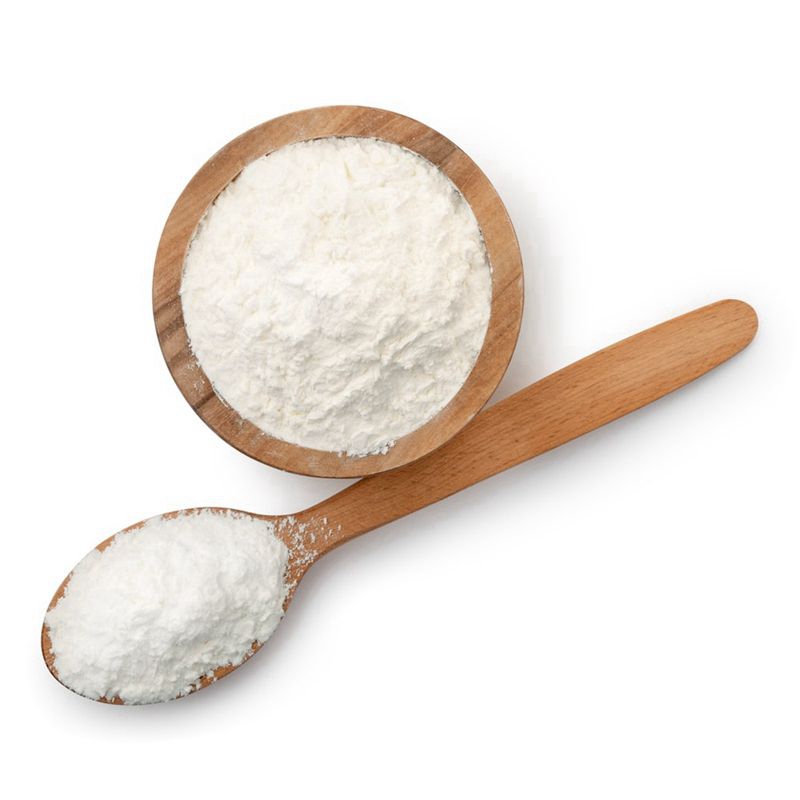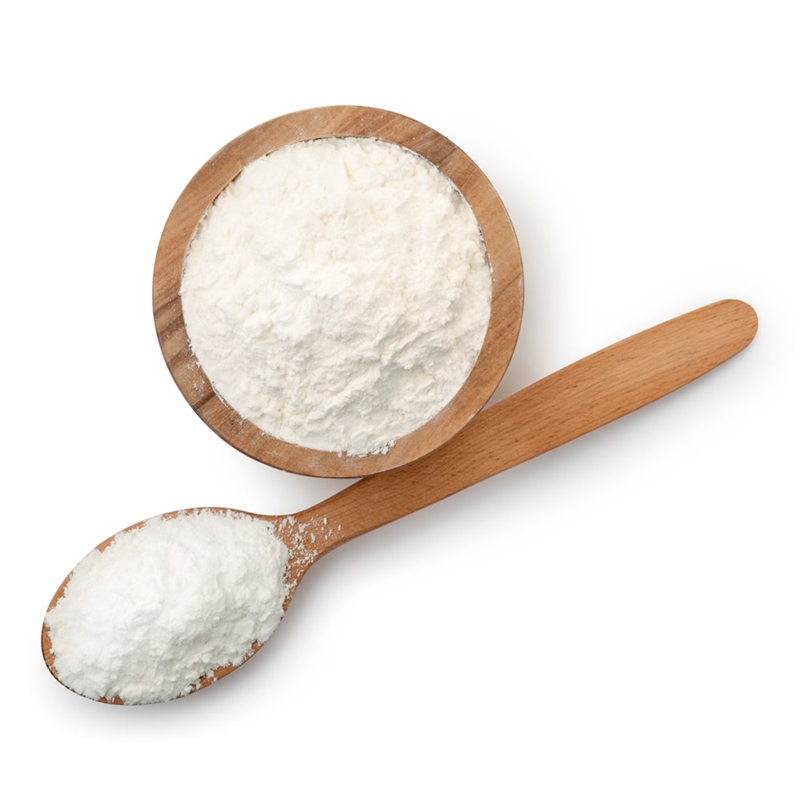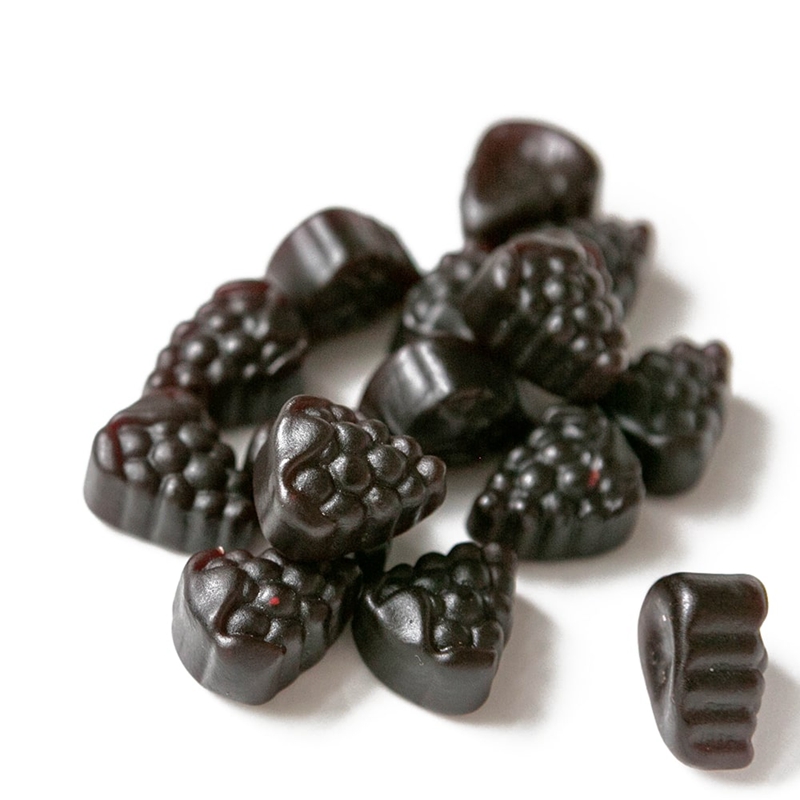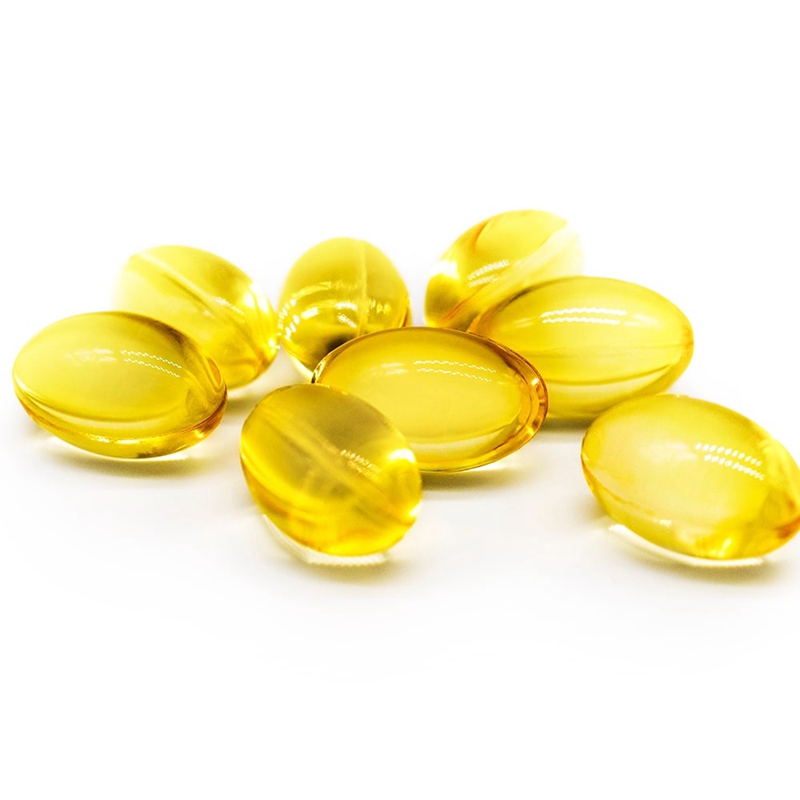
China Cheap price Hair Vitamin - Factory Supply Carrot Root Extract Food Additives Beta Carotene Powder – Justgood

China Cheap price Hair Vitamin - Factory Supply Carrot Root Extract Food Additives Beta Carotene Powder – Justgood Detail:
| Ingredient Variation | Beta carotene 1%;Beta carotene 10%;Beta carotene 20% |
| Cas No | 7235-40-7 |
| Chemical Formula | C40H56 |
| Solubility | Soluble in Water |
| Categories | Supplement, Vitamin / Mineral |
| Applications | Antioxidant, Cognitive, Immune Enhancement |
The human body converts beta carotene into vitamin A (retinol) – beta carotene is a precursor of vitamin A. We need vitamin A for healthy skin and mucus membranes, our immune system, and good eye health and vision. Vitamin A can be sourced from the food we eat, through beta carotene, for example, or in supplement form.
Beta-carotene is a pigment found in plants that gives yellow and orange fruits and vegetables their color. It’s converted in the body to vitamin A, a powerful antioxidant that plays a critical role in maintaining healthy vision, skin and neurological function.
Vitamin A is found in two primary forms: active vitamin A and beta-carotene. Active vitamin A is called retinol, and it comes from animal-derived foods. This preformed vitamin A can be used directly by the body without needing to convert the vitamin first.
Pro vitamin A carotenoids are different because they need to be converted to retinol after they’re ingested. Since beta-carotene is a type of carotenoid that’s found primarily in plants, it needs to be converted to active vitamin A before it can be utilized by the body.
Evidence reveals that eating high-antioxidant foods that contain beta-carotene is good for your health and may help prevent serious conditions. However, there’s mixed research about the use of beta-carotene supplements. In fact, some studies even suggest that supplementation may increase your risk of serious health conditions like cancer and heart disease.
The important message here is that there are benefits to getting vitamins in food that don’t necessarily occur in supplement form, which is why eating healthy, whole foods is the best option.

Product detail pictures:

Related Product Guide:
The really abundant projects management experiences and 1 to just one provider model make the high importance of business enterprise communication and our easy understanding of your expectations for China Cheap price Hair Vitamin - Factory Supply Carrot Root Extract Food Additives Beta Carotene Powder – Justgood , The product will supply to all over the world, such as: Egypt, Belgium, London, Our stock have valued 8 million dollar , you can find the competitive parts within short delivery time. Our company is not only your partner in business, but also our company is your assistant in the coming corporation.
Hope that the company could stick to the enterprise spirit of Quality, Efficiency, Innovation and Integrity, it will be better and better in the future.






